Perennial plants and flowers are the quiet heroes of a long-lasting garden. They bloom again and again, filling your space with steady color, texture, and life.
Unlike annuals that fade away after one season, perennials reward your patience year after year, needing less care once established.
If you’re planning a more sustainable, low-maintenance garden, these are the plants to grow. They’re resilient, adaptable, and full of character, perfect for gardeners who enjoy beauty that endures.
To help you get started, here are 20 perennial plants and flowers that can make your garden thrive through every season.
#1. Daylily
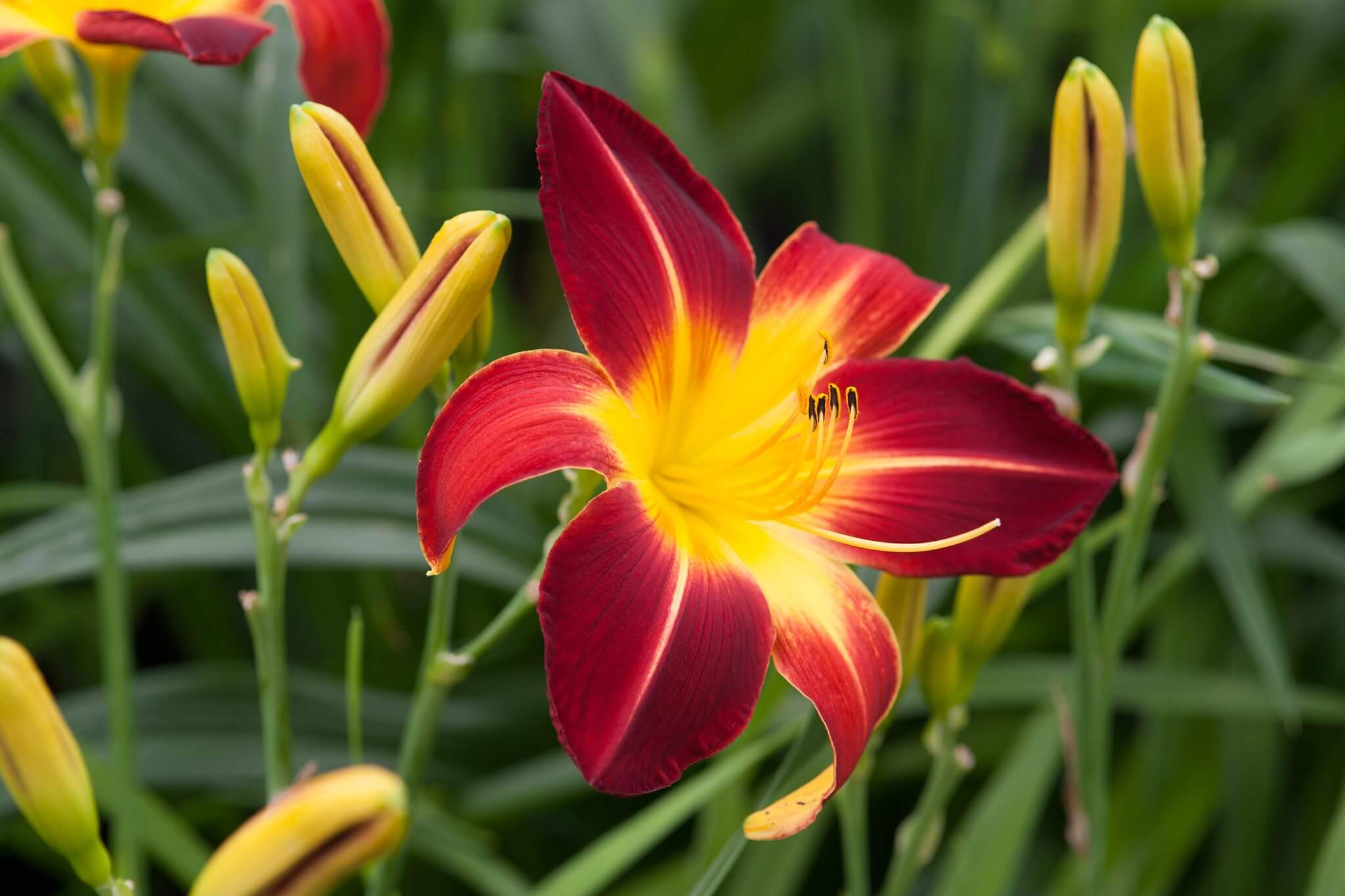 Source: Gardeners World
Source: Gardeners World
Daylilies burst with cheerful colors and are among the most forgiving plants you can grow. They love full sun but tolerate light shade and poor soil.
Water them regularly in dry periods to encourage repeat blooms. Once planted, they come back stronger every summer, making them ideal for borders or walkways.
#2. Amsonia
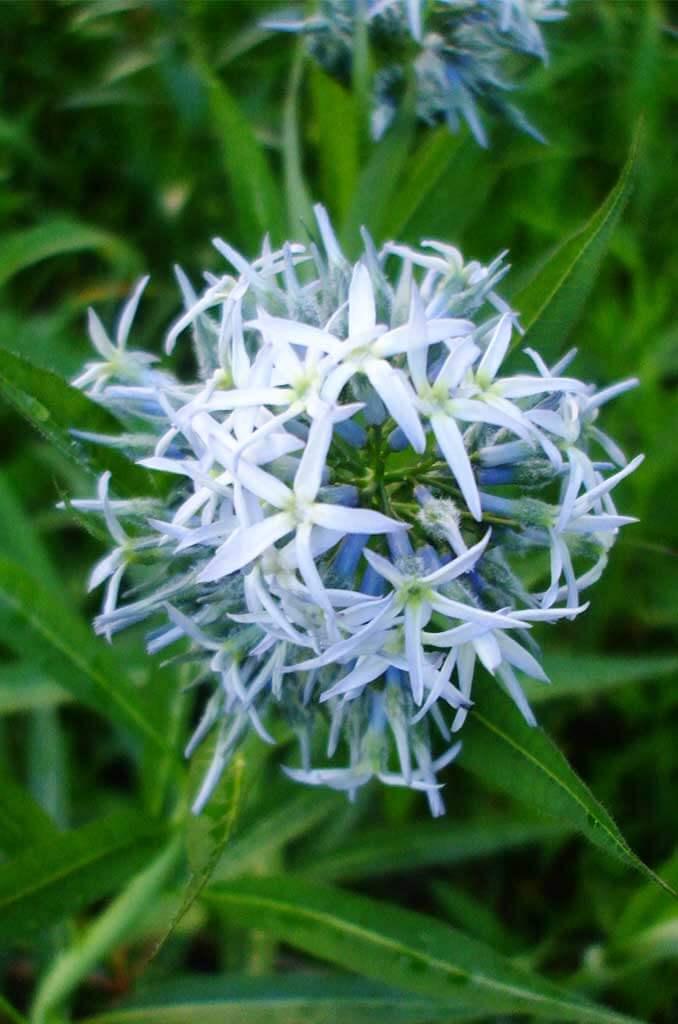 Source: Prairie Moon Nursery
Source: Prairie Moon Nursery
Amsonia charms with clusters of star-shaped blue flowers in spring. It thrives in partial shade with rich, moist soil but adapts well to sunny, drier spots once mature.
Keep the soil slightly damp during early growth, then trim the stems after flowering for a neat look. Its golden fall foliage adds bonus color.
#3. Salvia
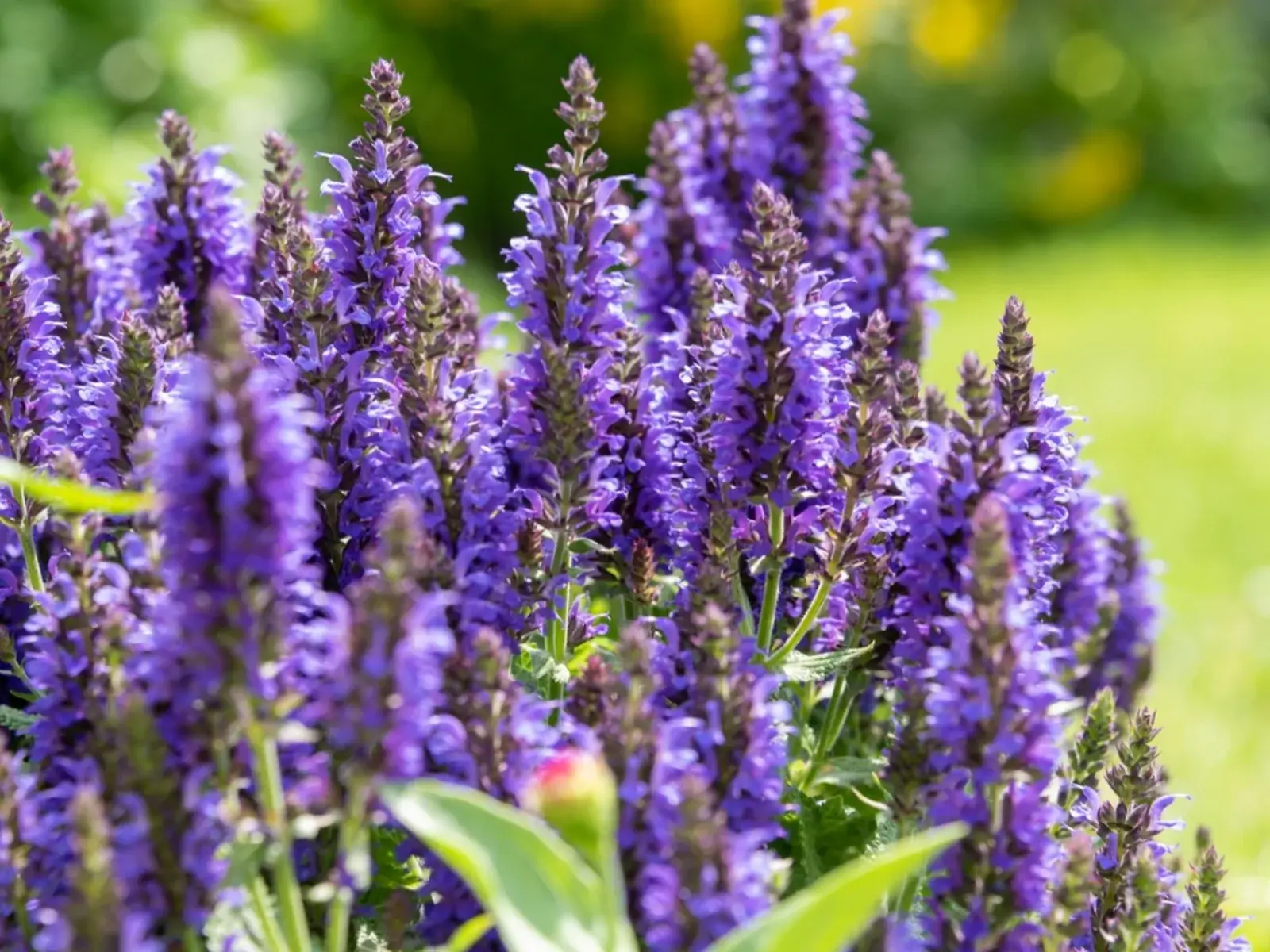 Source: Gardening Know How
Source: Gardening Know How
Salvia’s spikes of violet or deep blue flowers attract hummingbirds and bees throughout the season. It flourishes in full sun and well-drained soil.
Once established, it needs little water and can handle dry spells. Deadhead faded blooms to encourage more flowering.
#4. Sedum
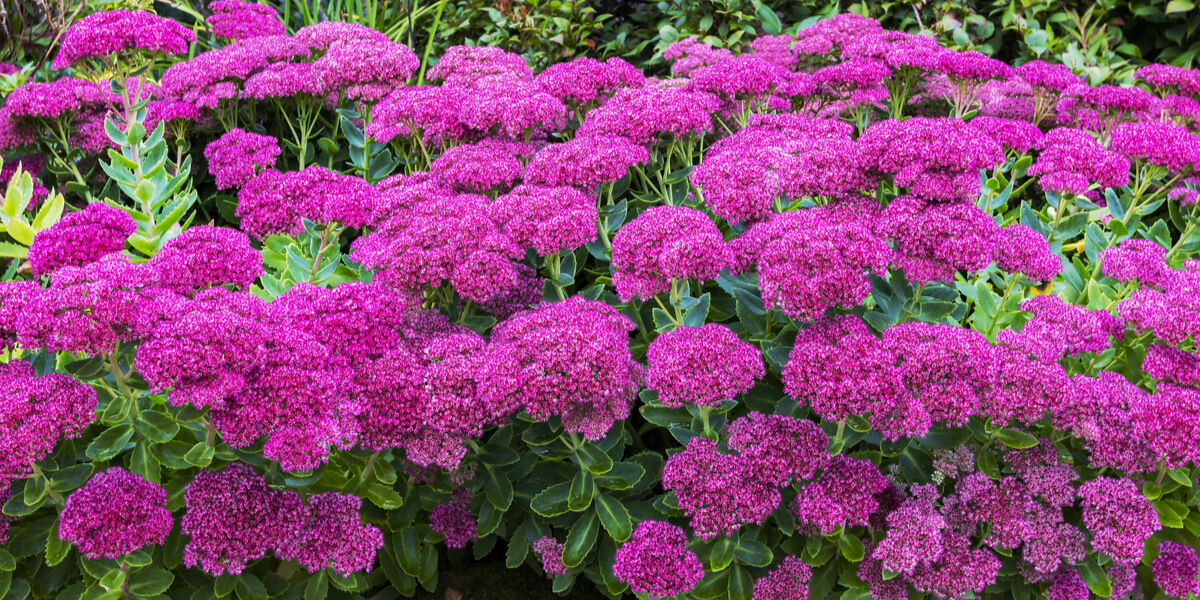 Source: This Is My Garden
Source: This Is My Garden
Sedum, also known as stonecrop, is a hardy succulent that thrives in sunny, rocky spots. It tolerates neglect, drought, and poor soil with ease.
Plant it in well-drained soil and let it bask in sunlight for vibrant color. Its fleshy leaves and starry blooms add texture to borders or containers.
#5. Black-Eyed Susan
 Source: High Country Gardens
Source: High Country Gardens
These golden beauties light up gardens with dark, contrasting centers. They love at least six hours of direct sunlight daily.
Water them deeply once a week and remove spent flowers to prolong blooming. Their bright faces attract butterflies and bring cheerful energy to late summer beds.
#6. Lavender
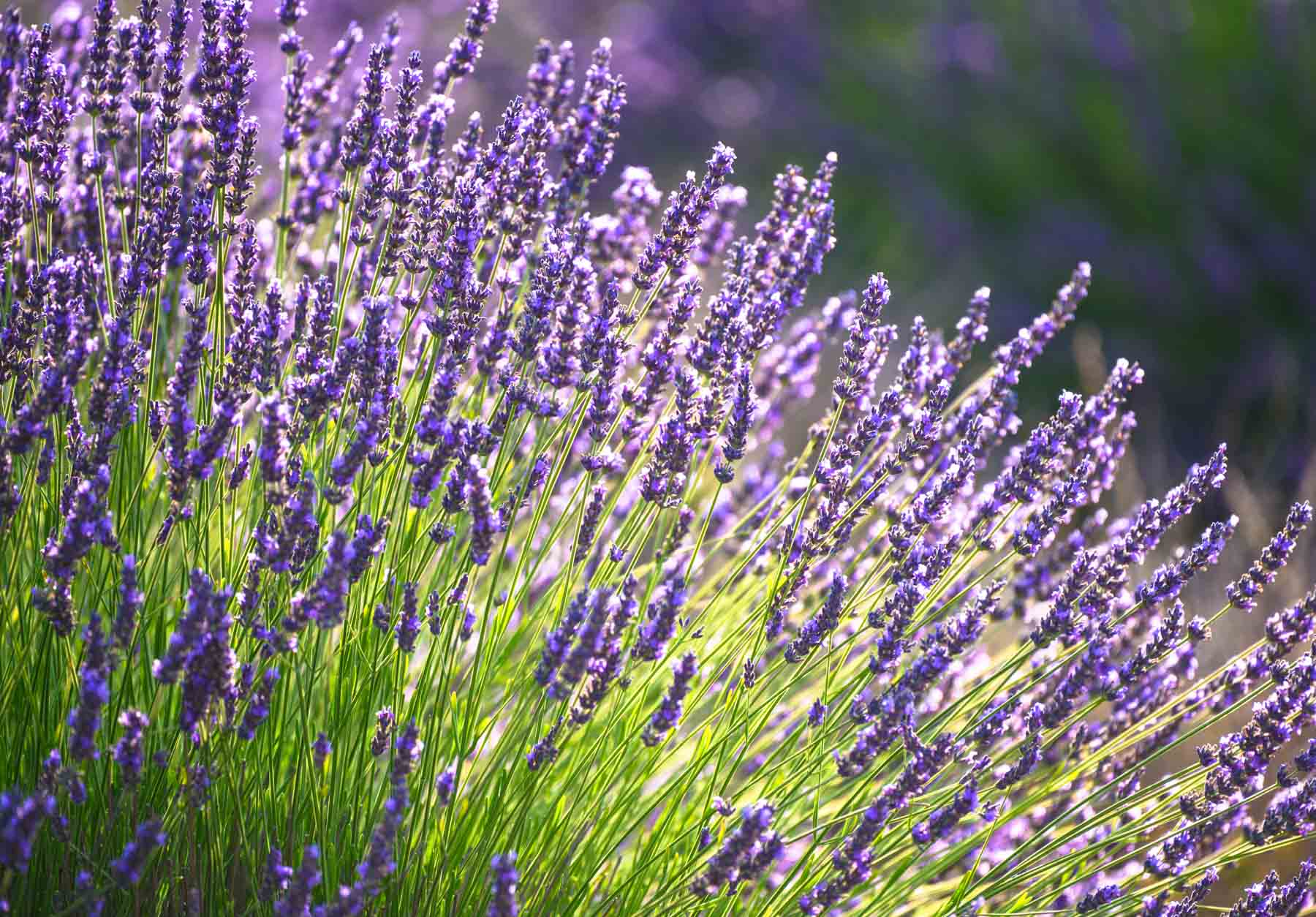 Source: Bonnie Plants
Source: Bonnie Plants
Lavender brings fragrance and calm to any garden corner. It needs full sun and dry, well-drained soil to thrive.
Water sparingly and prune after flowering to keep it compact. Its silvery foliage and purple blooms make stunning borders or edging for walkways.
#7. Asters
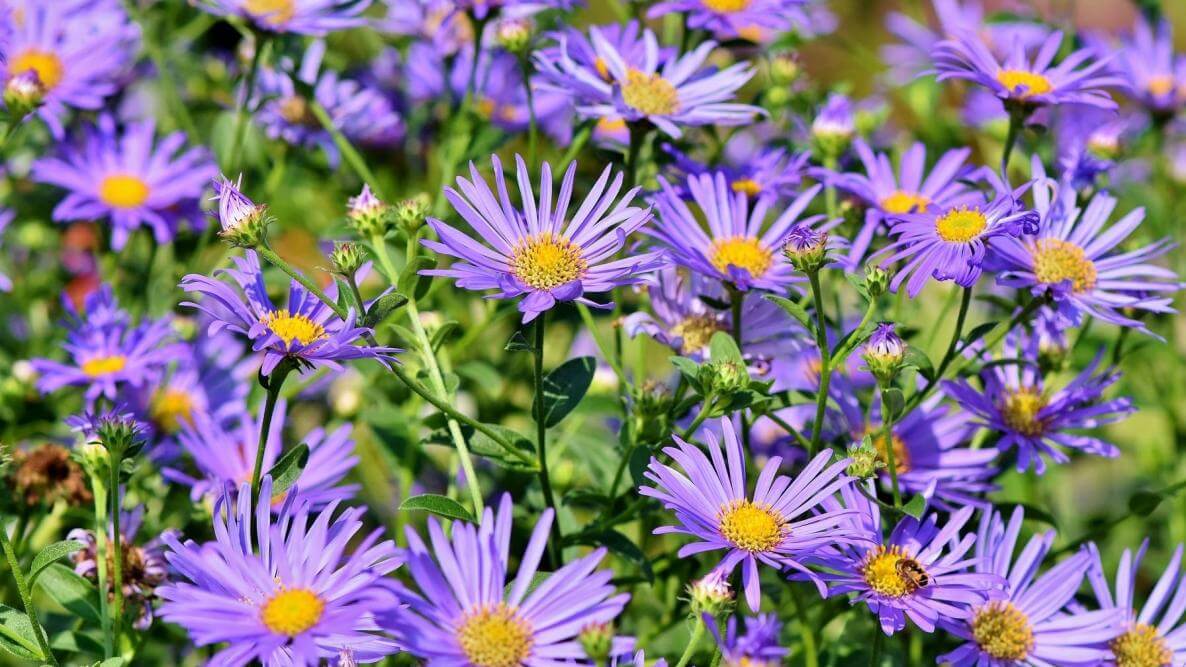 Source: The Old Farmer’s Almanac
Source: The Old Farmer’s Almanac
Asters bloom late in the season, giving pollinators one last nectar feast. They prefer full sun but tolerate partial shade.
Keep the soil slightly moist and cut them back after flowering. Their daisy-like blossoms come in pink, purple, or white, brightening up fall gardens.
#8. Baptisia
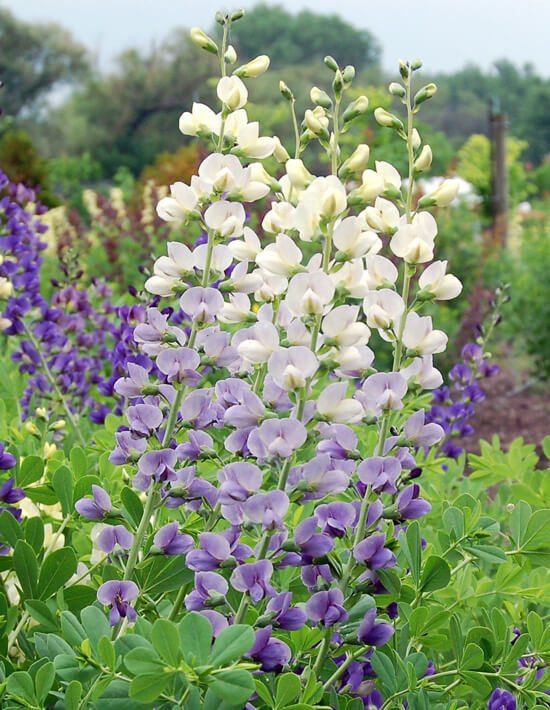 Source: Midwest Living
Source: Midwest Living
Baptisia, or false indigo, grows tall spikes of indigo-blue flowers in early summer. It prefers sunny sites and deep, well-drained soil.
Once rooted, it’s drought-resistant and practically carefree. Trim old stems in winter and enjoy its tidy, shrub-like shape all year.
#9. Catmint
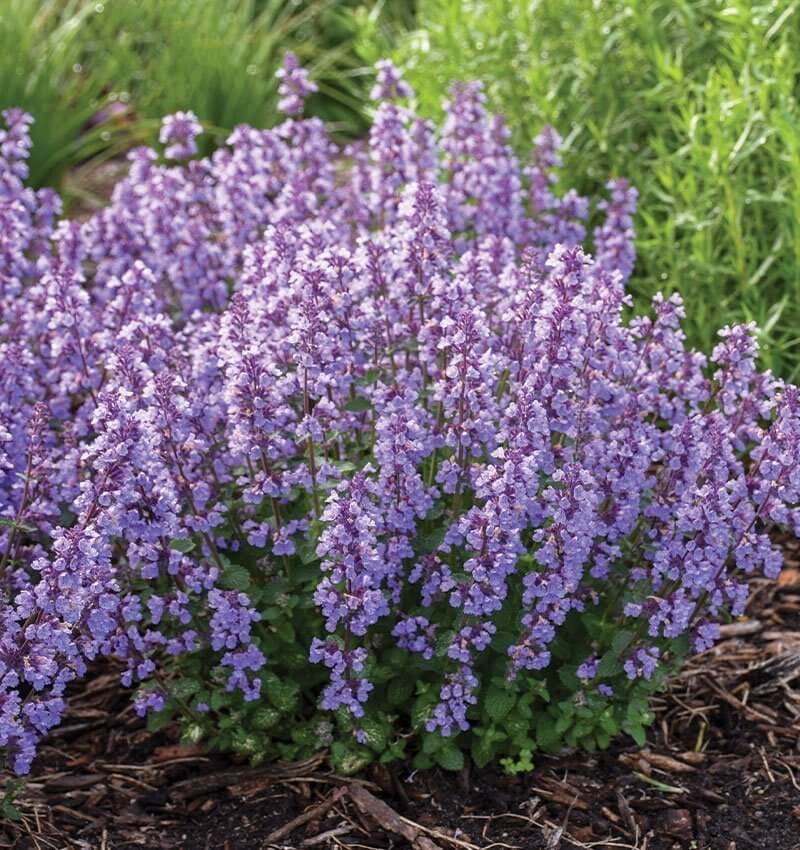 Source: Johnson’s Nursery
Source: Johnson’s Nursery
Catmint releases a gentle aroma and produces endless clusters of purple blooms. It thrives in full sun and well-drained soil.
Cut it back mid-summer to encourage another wave of flowers. Bees love it, and its silvery foliage softens the look of garden edges.
#10. Penstemon
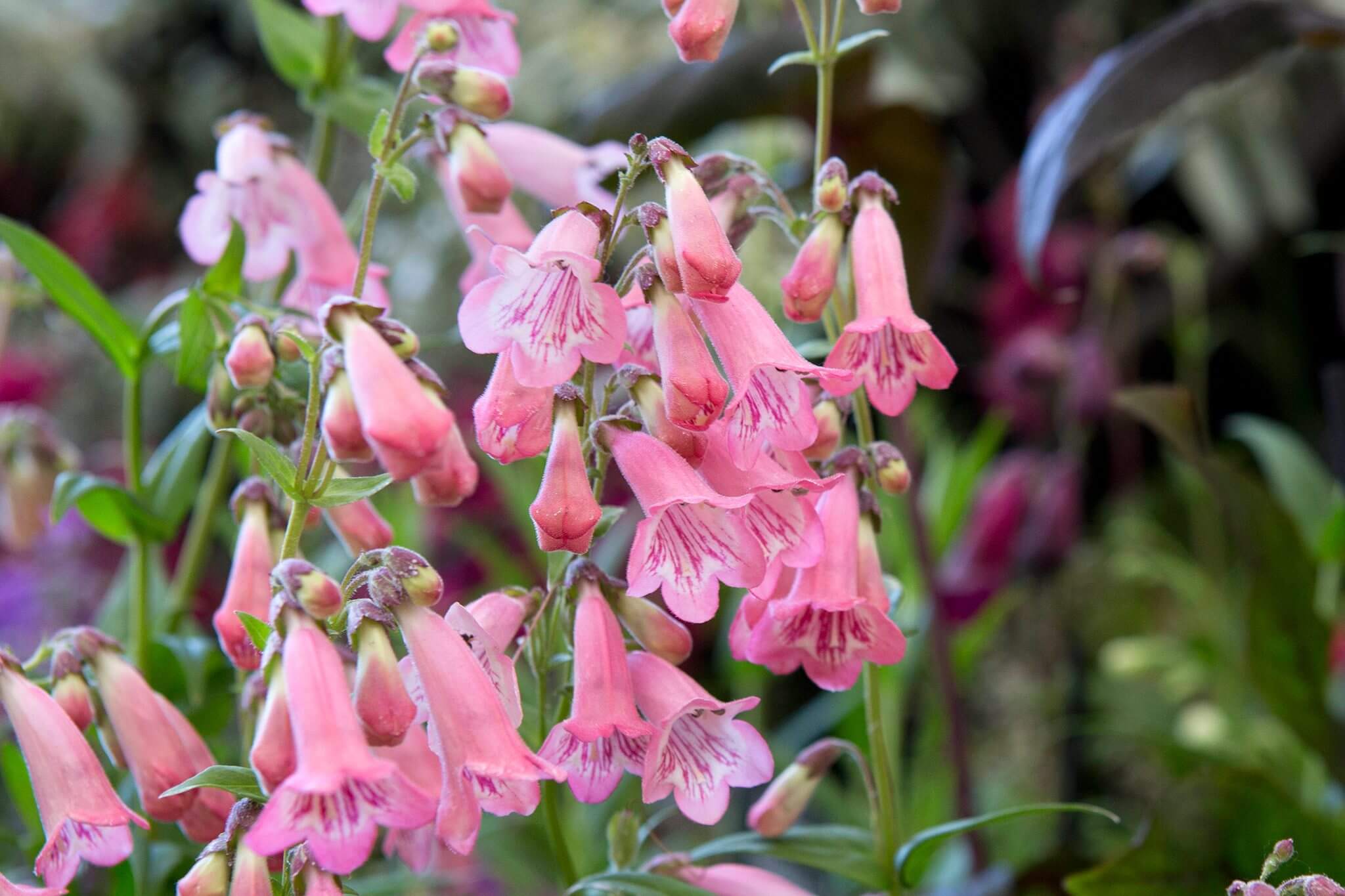 Source: Gardeners World
Source: Gardeners World
Penstemon’s tubular flowers add height and draw hummingbirds. It loves sun and well-drained, sandy soil.
Avoid over-fertilizing; it blooms best with minimal feeding. Trim back spent stems for continuous growth and color through summer.
#11. Astrantia
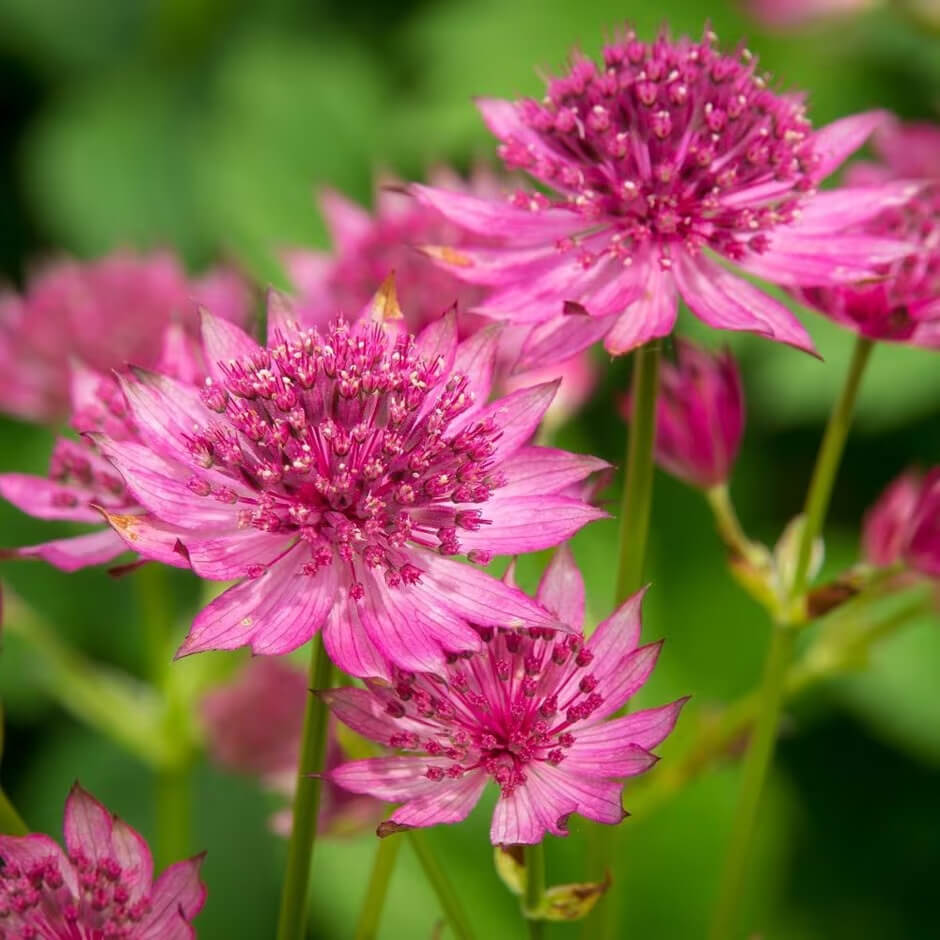 Source: Crocus
Source: Crocus
Astrantia offers intricate, pin-cushion-like flowers that shimmer in partial shade. It prefers moist, humus-rich soil and regular watering.
Deadhead faded blooms to extend the season. This plant adds elegance to woodland gardens or shaded borders.
#12. Coneflower
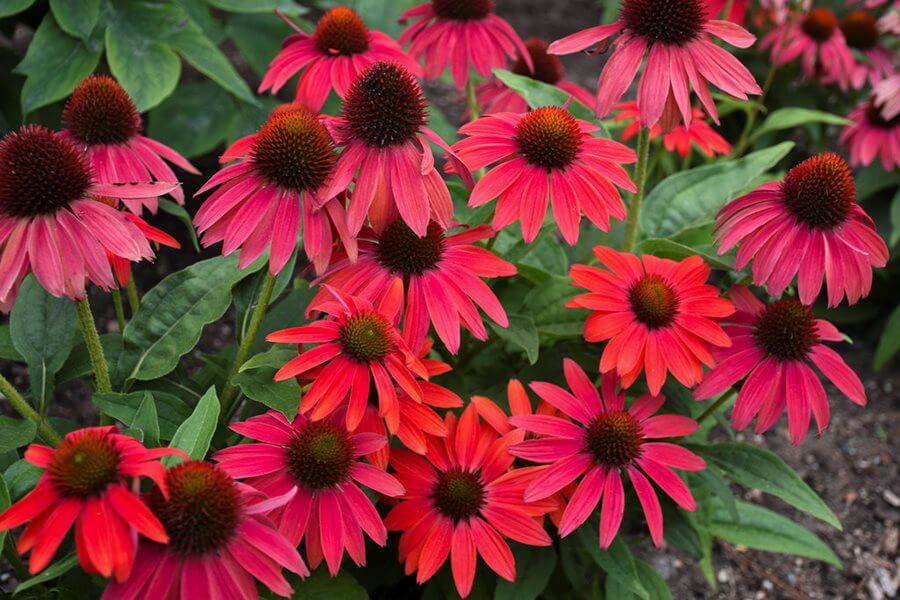 Source: Garden Design
Source: Garden Design
Coneflowers should be planted where they will receive at least 6 to 8 hours of direct sunlight each day, although a little afternoon shade is beneficial as it will prevent the flowers from fading.
Due to their clump-forming nature, these plants won’t spread as widely as some other perennials.
#13. Foxglove
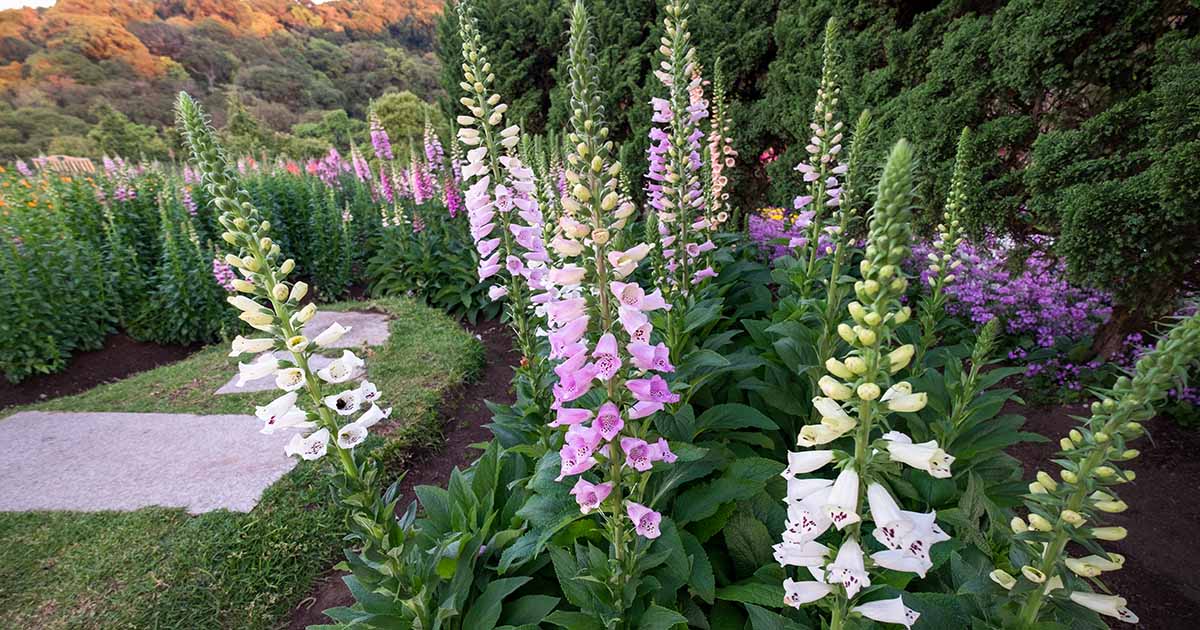 Source: Gardener’s Path
Source: Gardener’s Path
Common foxglove should be grown in broad sun to moderate shade. It will thrive in nearly any sort of soil as long as it is neither too dry nor too wet, despite preferring light, moist soils rich in organic matter.
To keep tall types upright, they might need to be anchored.
#14. Bee Balm
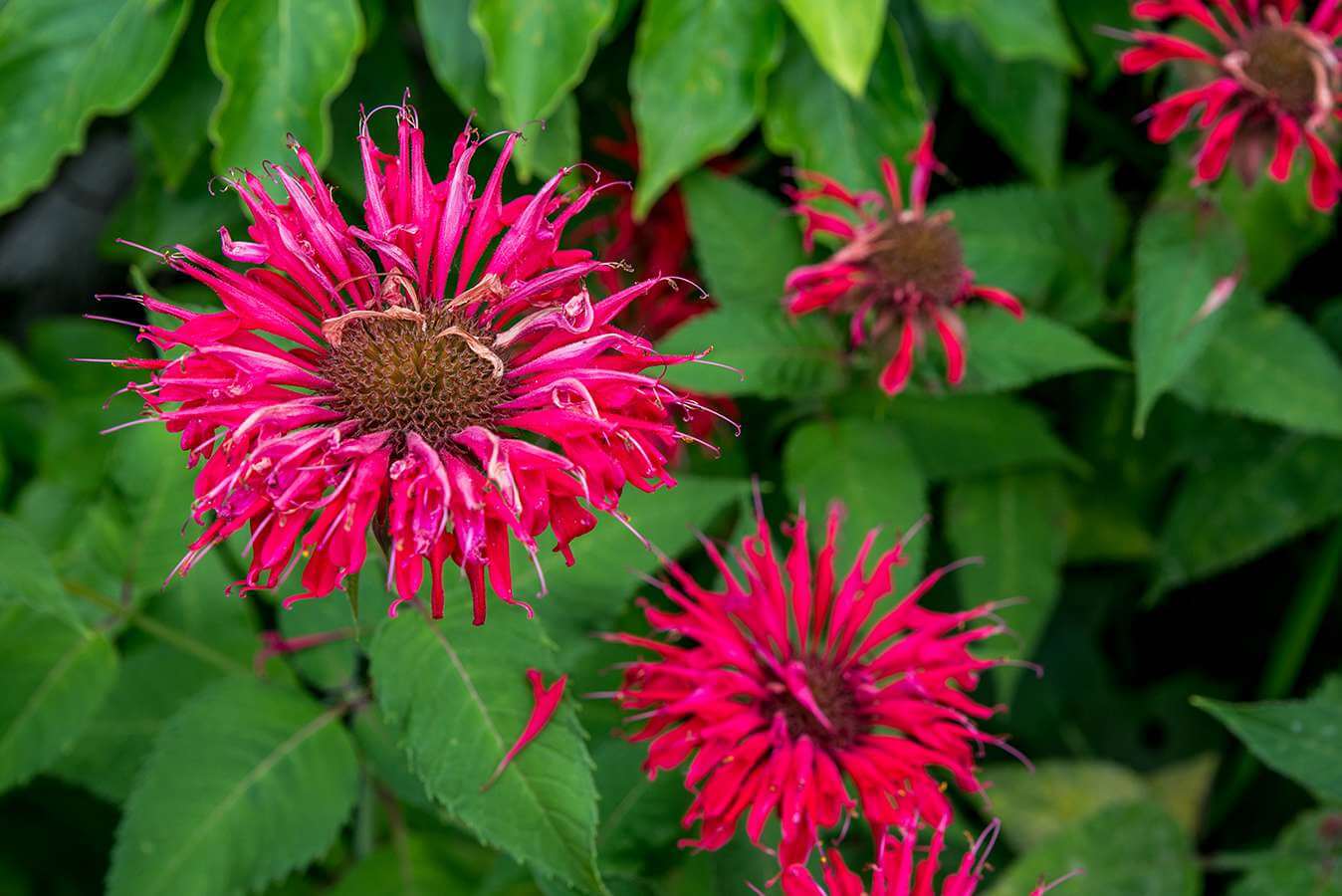 Source: The Spruce
Source: The Spruce
Bee Balm bursts with shaggy, vibrant flowers that bees and hummingbirds adore. It grows best in full sun with moist, fertile soil.
Water regularly to keep the roots cool and divide every few years to maintain vigor. Its spicy fragrance makes it an herbal delight too.
#15. Tradescantia
 Source: Bluestone Perennials
Source: Bluestone Perennials
Tradescantia, or spiderwort, shows off three-petaled blooms in purple, pink, or blue. It grows happily in bright light with evenly moist soil.
Cut it back after the first flush of flowers for a second round. Its grassy leaves and bright blooms add movement and color.
#16. Thrift
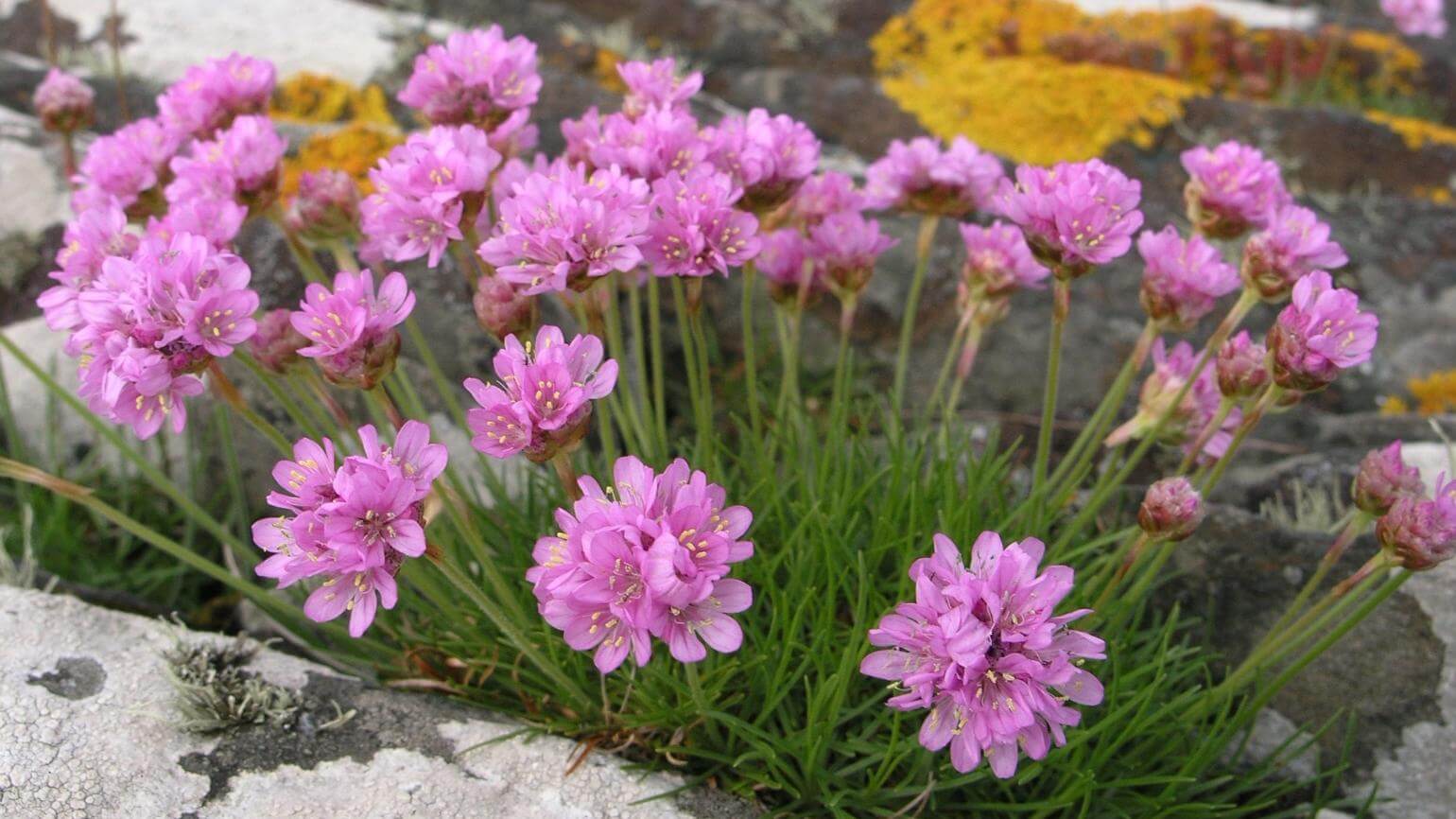 Source: Kew Gardens
Source: Kew Gardens
Thrift, also called sea pink, is a compact, low-growing perennial that loves full sun. Plant it in sandy, well-drained soil and avoid overwatering.
It produces globe-like pink or white blooms that last long into summer. Perfect for rock gardens or edging.
#17. Peony
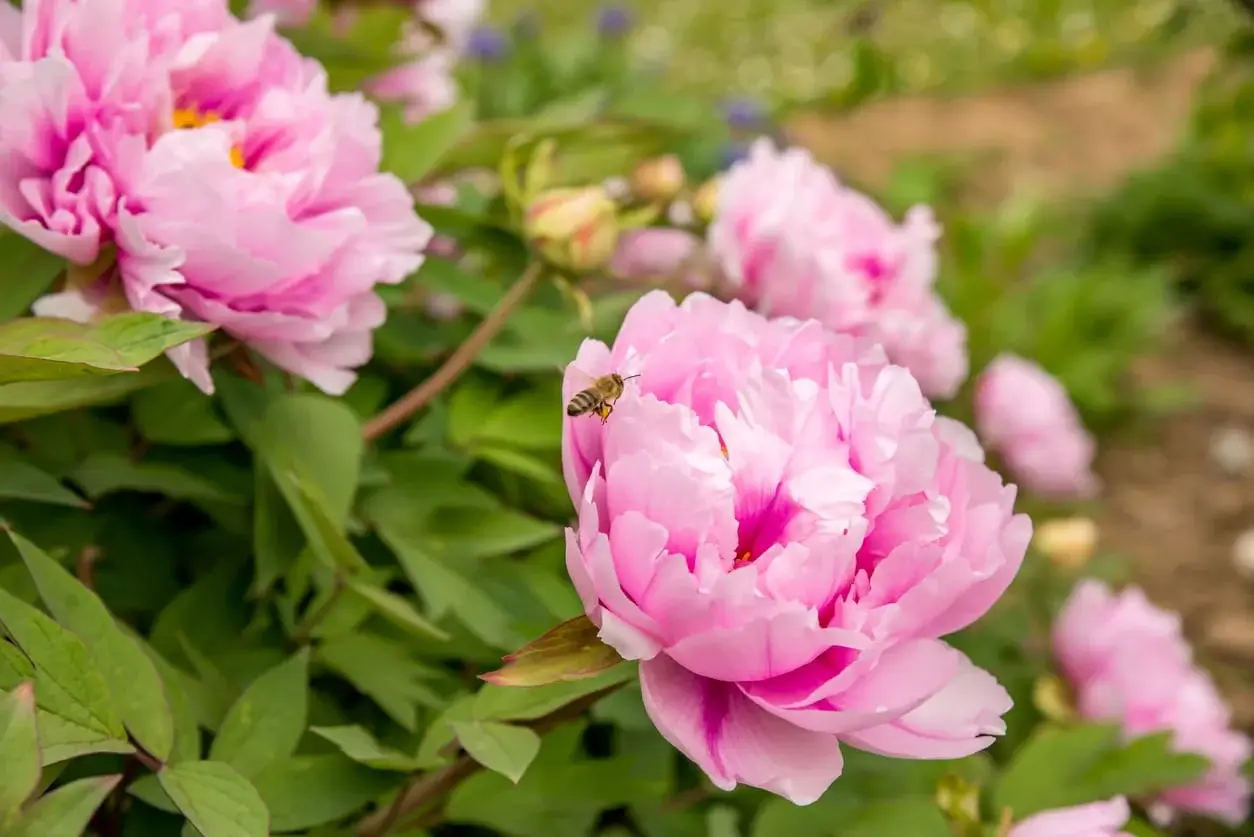 Source: Gardening Know How
Source: Gardening Know How
While they may survive in partial shade, peonies like full sun, and they flower at their best in an area that receives 6 to 8 hours of sunshine per day.
Because of their huge flowers, peonies can become top-heavy in severe winds. Thus, providing protection is important.
#18. Hellebore
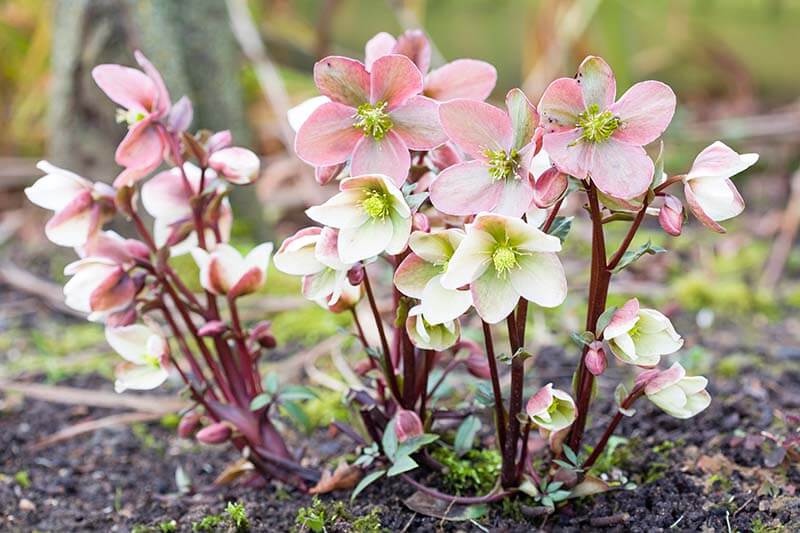 Source: Gardener’s Path
Source: Gardener’s Path
Hellebores, often called Christmas or Lenten roses, bloom in late winter when little else does. They prefer partial shade and rich, moist soil.
Keep them mulched and cut away old leaves for cleaner growth. Their nodding flowers bring early color to shady corners.
#19. Astilbe
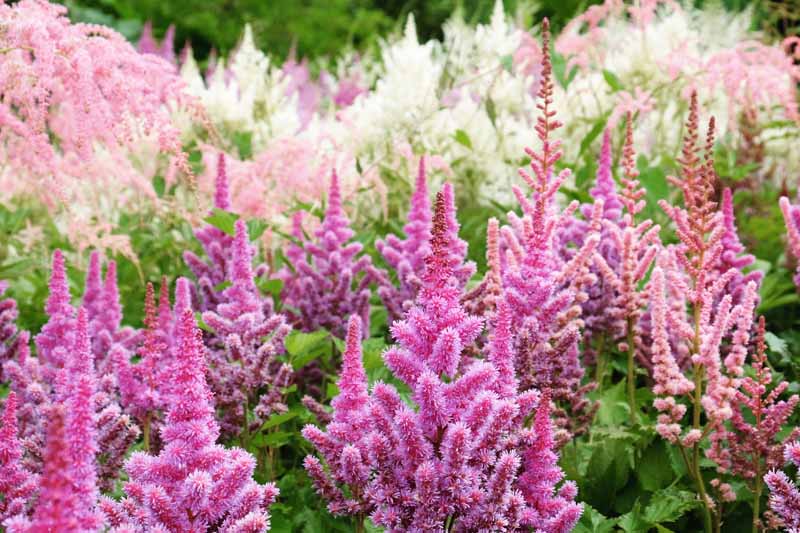 Source: Gardener’s Path
Source: Gardener’s Path
Astilbe loves partial shade and moist soil. Its feathery plumes come in pink, white, or red, brightening shaded beds.
Keep the soil consistently damp and divide clumps every few years to refresh growth. It’s ideal for woodland or water-side planting.
#20. Lamb’s Ear
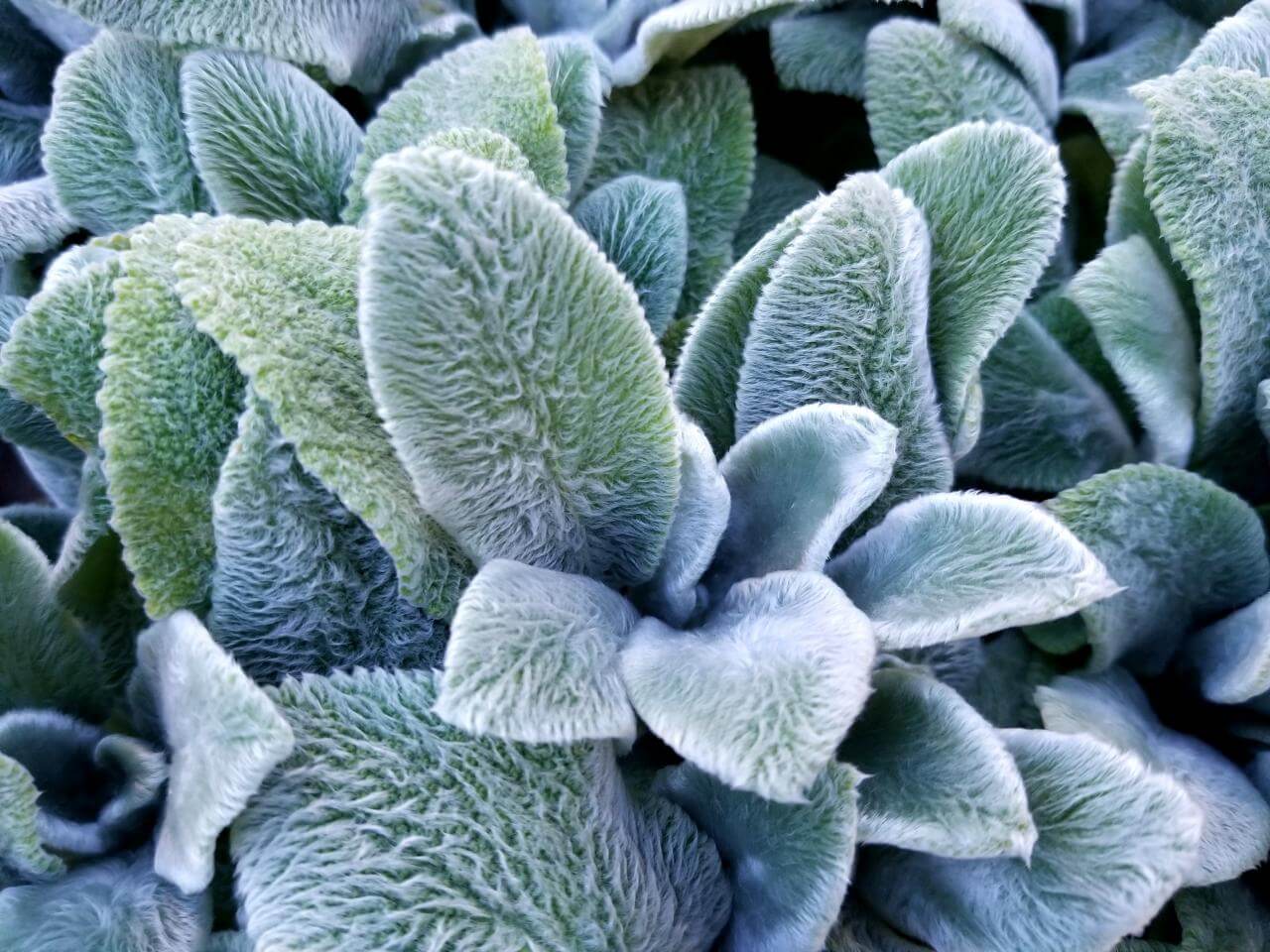 Source: HGTV
Source: HGTV
Lamb’s Ear adds a soft, silvery texture that contrasts beautifully with flowering plants. It thrives in full to partial sun and dry soil.
Water sparingly and trim old leaves to keep it fresh. This drought-tolerant plant works well as a border or groundcover.
